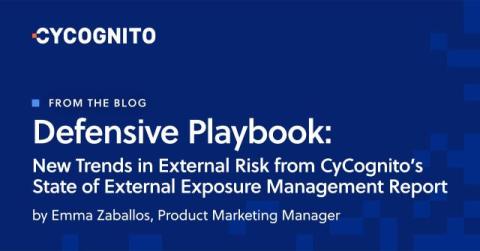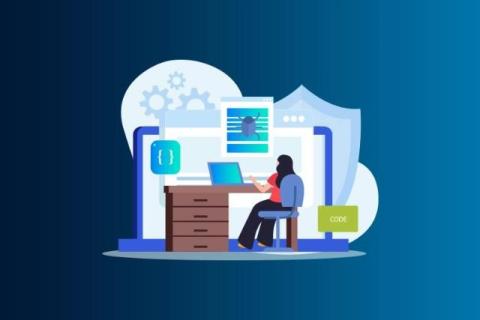Want better network visibility? Don't just go with the (net)flow
In the Black Hat Network Operations Center (NOC), the conference’s leadership team must assemble best-in-class technologies that complement each other to build and harden an enterprise-grade network in just a few days. Then, the NOC must continuously monitor and adapt the network throughout the course of the conference before dismantling it after the conference concludes.











